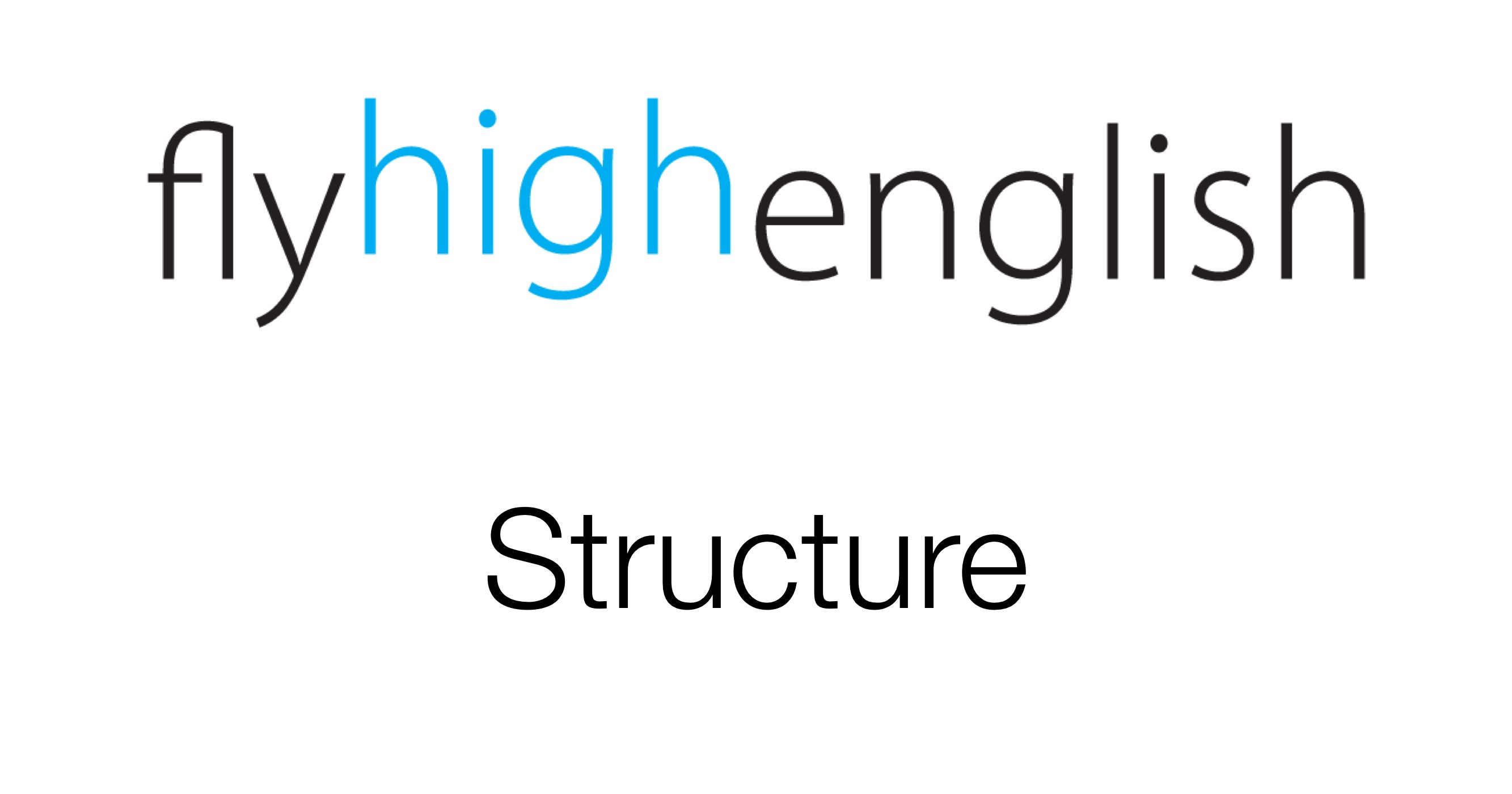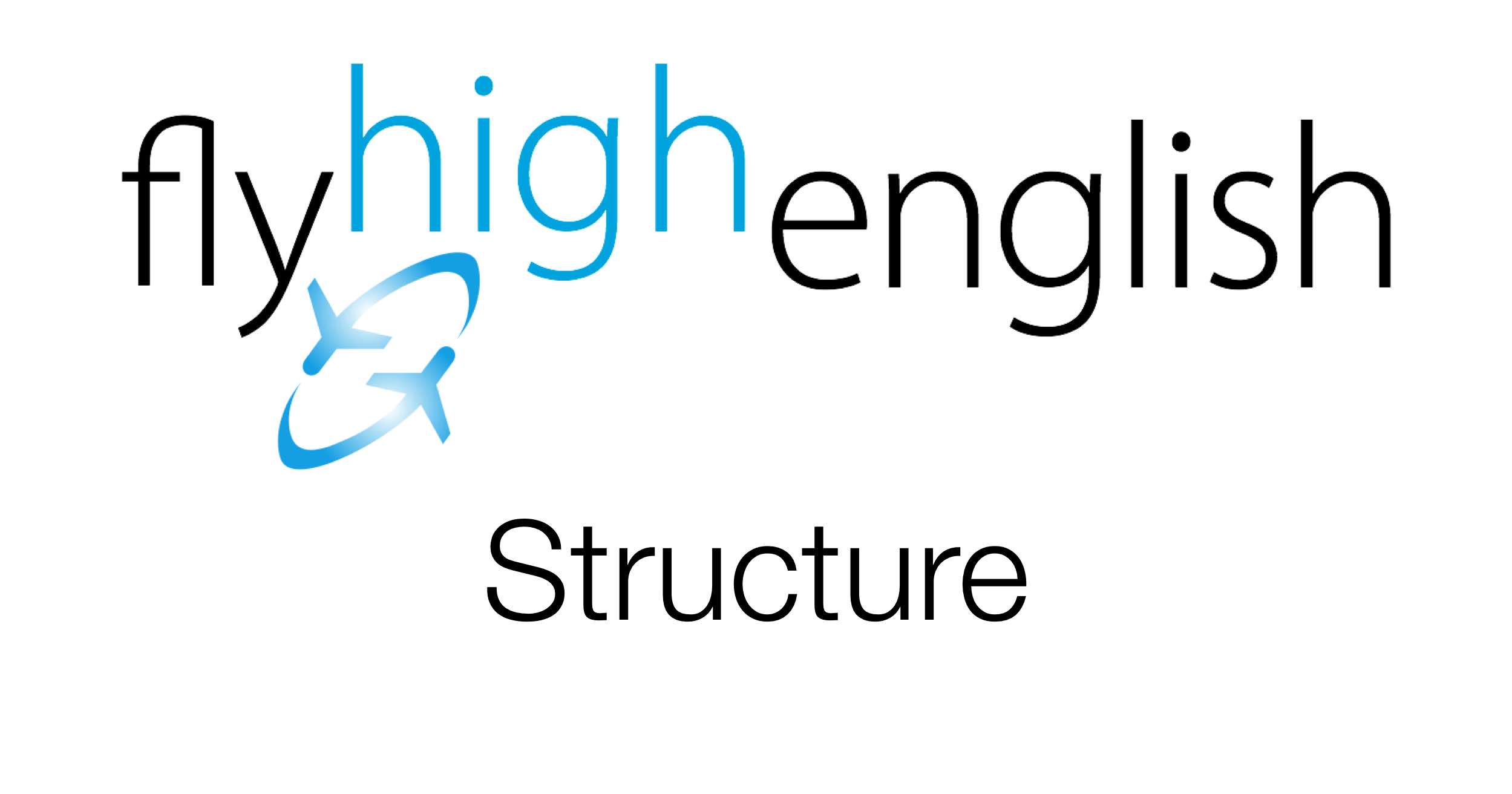
This time in our structure help we continue to talk about using would. You can use would to talk about imaginary situations; but you can also use would to talk about the following situations;
-
to offer things
to invite people
as a polite form of ‘want’
to find out more, check out the diagram below. Write some sentences of your own to practice this structure.

Follow us on twitter here, Facebook here or Google+ here for more great content!
Have a great day!






